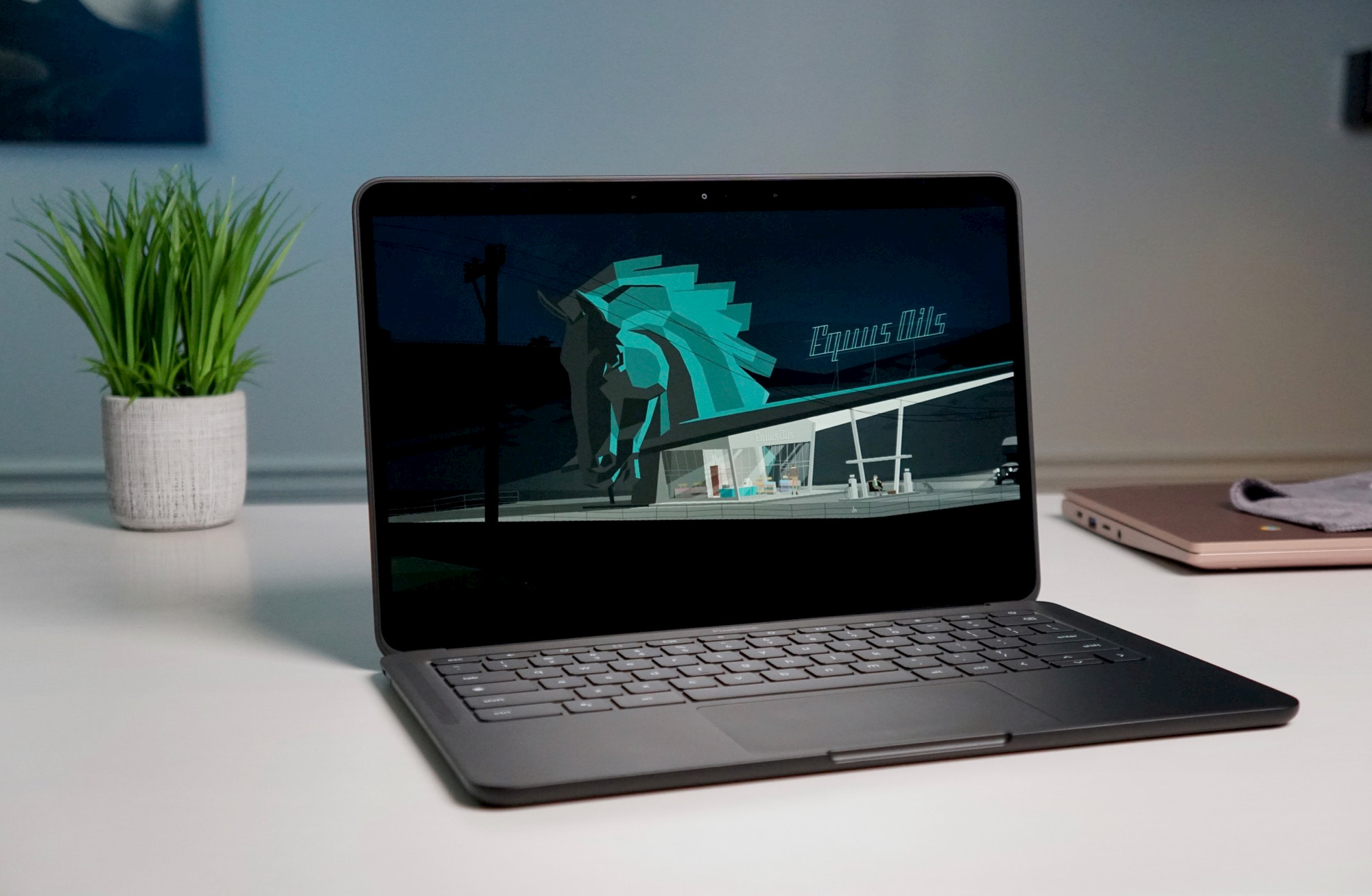
Google I/O 2021 is a wrap and despite there being no hardware to speak of, there were a ton of new features and updates announced that will be heading our way over the coming weeks and months. During the “What’s new in Chrome OS” session, Emilie Roberts and Sanj Nathwani highlighted some new features that have arrived in Chrome OS over the past year. Emilie covered down on Linux apps and some of the additions to the Crostini container that rolled out in some of the latest updates to Chrome OS.
The biggest news for the Linux containers is that, in the next major Chrome OS update, the container/vm tech would no longer be branded as Beta. Granted, the Linux (Beta) label was dropped from the settings menu a while back in favor of a “Developers” tab where the container can be launched and customized. Since its launch three years ago, the Linux container on Chrome OS has gained a hefty list of features and functionality including the new and improved Terminal app, better USB support, port forwarding, mic access, and all-around more stability. One of the biggest updates under the hood is that the Linux container will now update in parallel with Chrome OS instead of updating separately 5-15 minutes after the OS update.
Why it matters
The graduation out of Beta will happen in the next major Chrome OS update which will be version 91 that is slated to roll out June 1st. When this happens, it’s plausible that we won’t see any significant updates or changes to Linux on Chrome OS but I bet that this will lay the groundwork for Crostini’s next major milestones – Steam Gaming! If rumors are true, Google is working diligently to bring Vulkan’s low-level API together with Steam’s Proton to better leverage the GPU on Chromebooks. In early testing, this has given Linux on Chrome OS the much-needed boost in graphics power to run common Steam games well through the virtual machine.
As it sits, you can install Steam on a Linux-compatible Chromebook and some games will even run well enough to play. That said, there is a noticeable degradation in frame rates and oftentimes, lag becomes too great to actually be competitive. Kent Duke from Android Police wrote a nicely detailed article about the ongoing work here. Steam gaming on Chrome OS, especially via Proton, means Windows games that were once inaccessible to Chromebook users but that’s merely the tip of the iceberg when you look at the bigger picture.
I’m not that privy to how the Vulkan API works but I will go ahead and make the assumption that this closer integration with the onboard GPU could extend to other applications and packages inside the Linux container. My mind immediately goes to video editing. There are a number of Linux-based video editors that will work on a Chromebook but having the ability to fully tap into the power of Intel’s Iris Xe graphics on the Tiger Lake platform could mean massive gains in the editing department. If Google can make this happen and finally add camera support to the Linux container, there will be very little that you can’t do on a Chromebook. For more news from Google I/O, check out Robby’s rundown video here.


Leave a Reply
You must be logged in to post a comment.